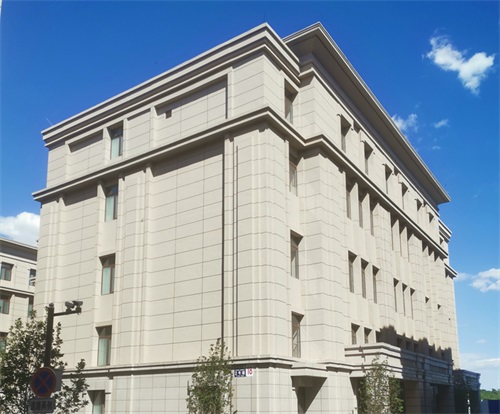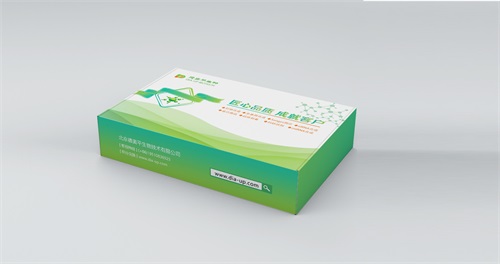With the continuous spread of the COVID-19, China has adopted the general policy of 'dynamic clearing' for epidemic prevention and control. When the local epidemic occurs, it will be extinguished at a fast speed, firmly hold the bottom line of no large-scale epidemic, and reduce the impact of the epidemic on the people and economic development. In this case, due to the strong demand for COVID-19 detection and antigen detection, a number of related enterprises have risen rapidly. At the same time, the fluorescent immunochromatographic reagent materials used to detect COVID-19 have also ushered in development.

Nucleic acid test must be familiar to everyone, especially when there are local cases, new terms such as 'two tests every three days' and 'one test every day' appear in front of everyone. This is due to the development of Nucleic acid test institutions in China. According to statistics, by the end of last year, there were 11937 institutions in China providing Nucleic acid test services, with a total detection capacity of 41.68 million copies/day. This year, with the emergence of variant strains, the frequency of testing in major cities in China has become more frequent.
In the process of Nucleic acid test, many people are curious about what is the detection principle? What other testing methods are there besides thrusting your throat and eyes? In fact, at present, in addition to Nucleic acid test to determine whether to infect COVID-19, antigen testing and antibody testing are also available. Among them, rapid antigen detection can be used for diagnosing patients with acute infection who develop symptoms within 2 weeks, and there are three types of detection methods: colloidal gold immunochromatography, latex assay, and fluorescence immunochromatography; The detection methods of COVID-19 antibody mainly include colloidal gold immunochromatography, magnetic particle chemiluminescence, fluorescence immunochromatography, etc.
Among these methods, fluorescence immunochromatography is widely used. What are the raw materials for fluorescence immunochromatography reagents? Its composition includes a sample pad, a marker pad, a coating pad, and an absorption pad that are sequentially overlapped and attached to the bottom lining card. The advantage of fluorescence immunochromatography in detecting COVID-19 is that its sensitivity has been increased by 10 times. But this method requires the use of ultraviolet flashlights as a color rendering device. This method is more suitable for friends who pursue high sensitivity and is suitable for community clinics. In specific operation, hand-held fluorescent immune analyzer is required. The testing personnel use a pharyngeal swab for sampling, and then insert the swab into the extraction tube, rotate it 10 times, squeeze and extract the swab, so that the liquid stays in the tube as much as possible, and cover the drip head.

Among the manufacturers of fluorescent immunochromatographic reagent raw materials, 'Deoping Biology' has set up an in vitro diagnostic raw material research and development platform, covering ten product systems, including nucleic acid molecular detection raw materials, immune reagent raw materials, biochemical reagent raw materials, and five core technology platforms, including automated high-throughput DNA reading and writing platform, RNA Intelligent design and synthesis platform, protein antibody preparation platform, and scientific research reagent supply platform, Can provide high-quality products and services for customers in the field of in vitro diagnosis and scientific research.